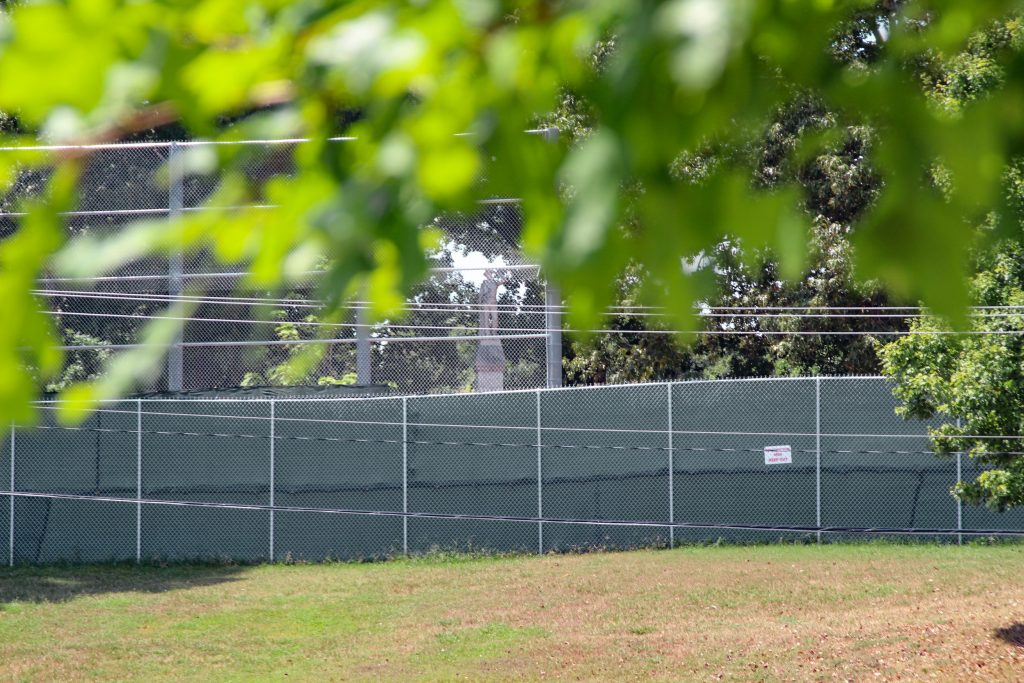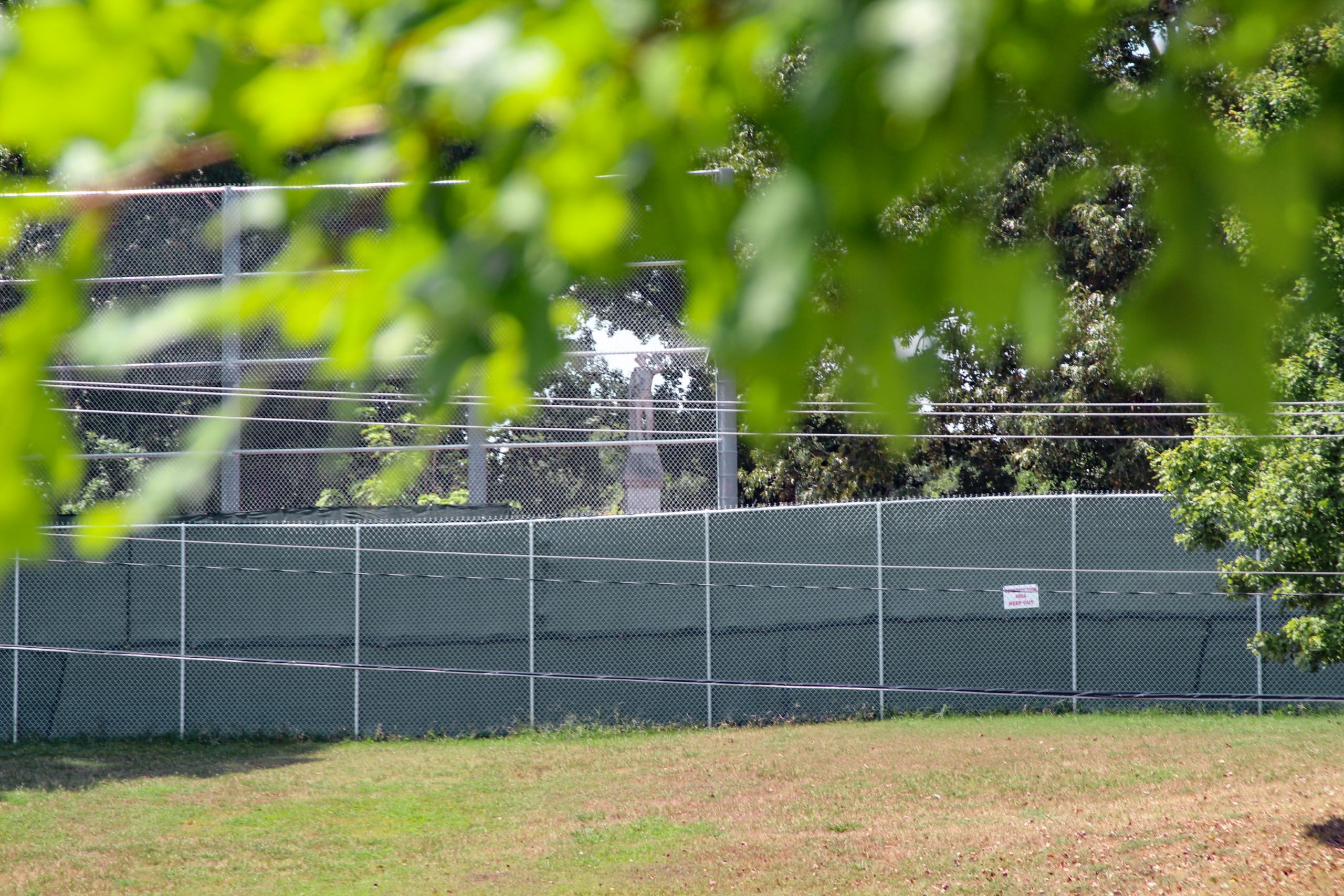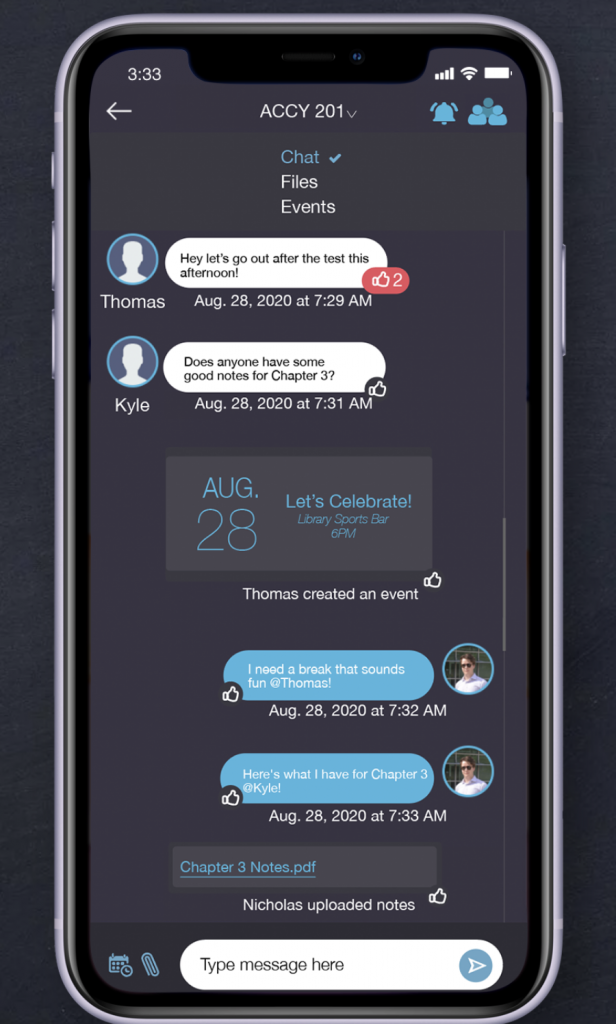
The last time students were on campus in March, the Confederate monument still towered over the entrance to the Circle, and the state Institutions of Higher Learning (IHL) Board of Trustees had not spoken about relocation since its members delayed their vote on January 21. Much like almost every other aspect of life, a lot has changed since then. If you have been out of the loop or just out of Oxford for the past five months, here is everything that has happened with the Confederate monument in the meantime.
1. IHL unanimously voted to allow relocation.
After years of advocacy, several protests, at least four pieces of student and faculty legislation and thousands of signatures, the IHL Board of Trustees finally approved the university’s request to move the statue from the Circle to the Confederate cemetery in their meeting on June 18.
“I feel relieved,” Associated Student Body president Joshua Mannery said on the day of the vote. “It feels good to finally be able to think about other things. I felt a lot of pressure, and I’m sure a lot of people at the university did with getting this thing moved.”
The IHL’s approval came at a time when the nation was not only overwrought by the impact of the coronavirus pandemic, but also filled with protests against racial inequality and police brutality after the deaths of George Floyd, Breonna Taylor and others.
These protests led to the removal of many Confederate monuments and memorials around the country, notably including three plaques at the University of Alabama that commemorate students who served in the Confederate army. The United Daughters of the Confederacy erected the University of Mississippi’s Confederate monument in 1906 for similar reasons.
“I think this is a great learning opportunity for the community and all of Mississippi,” Black Student Union President Nicholas Crasta said. “Honestly, we’re tired of seeing symbols of bigotry, symbols of hate. It’s 2020. It’s a new decade, and with everything going on, people really have the time to think and to check their peers, their friends, their family members and change their mindsets and their implicit biases.”
2. The community criticized the unofficial university plans as a “shrine to the Confederacy.”
The feeling of success surrounding relocation was fleeting. Shortly after the state college board voted on June 18 to authorize the University of Mississippi to relocate its Confederate monument, students, professors and community members grew angry and disappointed as details of the university’s plans circulated.
Included on the last page of the 156-page proposal that Chancellor Glenn Boyce sent to IHL were two renderings of the renovated Confederate cemetery, which showed a newly laid brick path leading to the relocated monument, benches around the cemetery and intricate landscaping. These images fueled the outrage among community members who supported relocation and led to accusations that the university was turning the cemetery into a “shrine to the Confederacy.”
The university’s proposal listed the Associated Student Body (ASB), the Ole Miss Alumni Association, the UM Foundation, Ole Miss Athletics Foundation and all three university Greek councils among those who had provided “written endorsement” for the plan. However, ASB leadership later released a statement saying they were never made aware of these plans “to beautify the Confederate cemetery,” and if they were, they would not have approved.
Carl Tart, the university’s first homecoming king, was among the alumni who took to social media to express their disdain.
In a thread on Twitter that included the university’s renderings of the updated cemetery, Tart said he could no longer help the university recruit African American students if “this shrine commemorating the Confederacy is erected.”
“I am not your token Black person, and I will not stand for the continued disrespect to Black and brown students on that campus, from statues, to leadership, to student organizations. Take that 168 page, $1M plan, and BURN IT,” one of Tart’s tweets read.
At that time, a university spokesman said the university’s plans had evolved since the renderings were completed, but Boyce did not publicly address these concerns until nearly a month later.
3. As Black Lives Matter protests ensued across the country, locals and students who stayed in Oxford over the summer incorporated their opposition to the monument into their protests.
While university students, community members and student-athletes organized multiple protests over the past several months, one student march against the plans to renovate the Confederate cemetery made national news and ultimately seemed to change the chancellor’s mind.
On Monday, Aug. 29, a group that included undergraduate students like ASB president Mannery and ASB vice president Abby Johnston, alumni like Leah Davis and Arielle Hudson and faculty members like associate professor of sociology James Thomas marched from the Grill at 1810 to the Confederate cemetery chanting mantras of “Relocation, not glorification” and “Abandon the plan.”
One part of the renovation that this group marched against was the addition of a new marker to recognize the men from Lafayette County as part of the United States Colored Troops during the Civil War and the addition of new headstones for those buried in the cemetery.
“We are here today because in a time where people across our country are screaming Black Lives Matter, Chancellor Boyce has shown us that he doesn’t give a damn about our voice,” senior public policy major Tyler Yarbrough said at the protest. “By proposing to build a million-dollar shrine to white supremacy in this very spot, Chancellor Boyce has blatantly disregarded the lives of Black students, Black faculty, Black staff and Black alumni.”
Organizers used the phones of former Black Student Union president Arielle Hudson and ASB president Mannery to call Boyce and Provost Noel Wilkin while the protest ensued. Neither answered.
4. The monument actually moved, and Chancellor Boyce nixed the aspects of the Confederate cemetery renovations that people criticized.
Early on the morning of July 14, without notifying the public, university-contracted construction workers began disassembling the Confederate monument, and by noon, the monument in pieces was at its new location in front of the Confederate cemetery.
That afternoon, the chancellor sent a statement that said the university would not allow excavation within the cemetery, and Boyce said he was not willing to risk damaging the remains of the Confederate and Union soldiers who are buried there. Days later, on July 17, Boyce confirmed that this meant no headstones would be added to the cemetery.
Boyce also said in his later statement that he “takes responsibility and apologizes” for the concerns that have resulted from this and other portions of the relocation plans. This apology comes after many members of the university community — including nine leaders of various Black student groups on campus — criticized the plan as a shrine to the Lost Cause. The Lost Cause ideology advocates that the Confederate war effort was just and heroic.
Now, the only official university plans for Confederate cemetery renovations are to install sidewalks to be in ADA compliance and security cameras to monitor the monument.
5. Student-athletes did not want to see the monument from the football practice fields, so once again, the university changed its plans.
After continued criticism of the Confederate monument’s placement on the University of Mississippi campus, the university installed “a temporary screen” on the side of the monument facing Manning Way and Hill Drive earlier this week. The decision stemmed from conversations between Chancellor Boyce and an unnamed group of student-athletes who did not want to see the monument from the football practice fields.
“In response, the university is installing a temporary screen around the monument until permanent, limited landscaping can be planted later this fall, the optimal time of year for the plantings to take root,” university spokesman Rod Guajardo said.
Earlier this summer, student-athletes spoke up in support of monument relocation and the removal of Confederate iconography from the state flag in an unprecedented manner. After the state Institutions of Higher Learning (IHL) Board of Trustees approved the relocation of the monument from the Circle to the Confederate cemetery in June, football players tweeted a video showing their support of the decision.
“This allows all students, faculty, staff and fans of the University of Mississippi to enjoy our beautiful campus without having to see a symbol of slavery, racism, hate and oppression,” Tariquious Tisdale, a senior defensive end, said in the video.
ASB president Mannery said he had spoken to many football players who initially were not aware that the practice fields had such a clear view of the Confederate cemetery.
“They don’t want (to see the monument),” Mannery said. “Student-athletes are taking a much more active role in decision making on campus, and they made it very clear that they weren’t going to sit this one out.”
Mannery also said that while he was not involved in the advocacy for or the decision to install the screen, he is glad that the university is “actively working to obstruct the view of the monument.”
The newly installed screen also hinders the view of the monument from Vaught-Hemingway Stadium, where a limited number of fans will be able to attend games for the 2020 fall season pending further COVID-19 restrictions.















